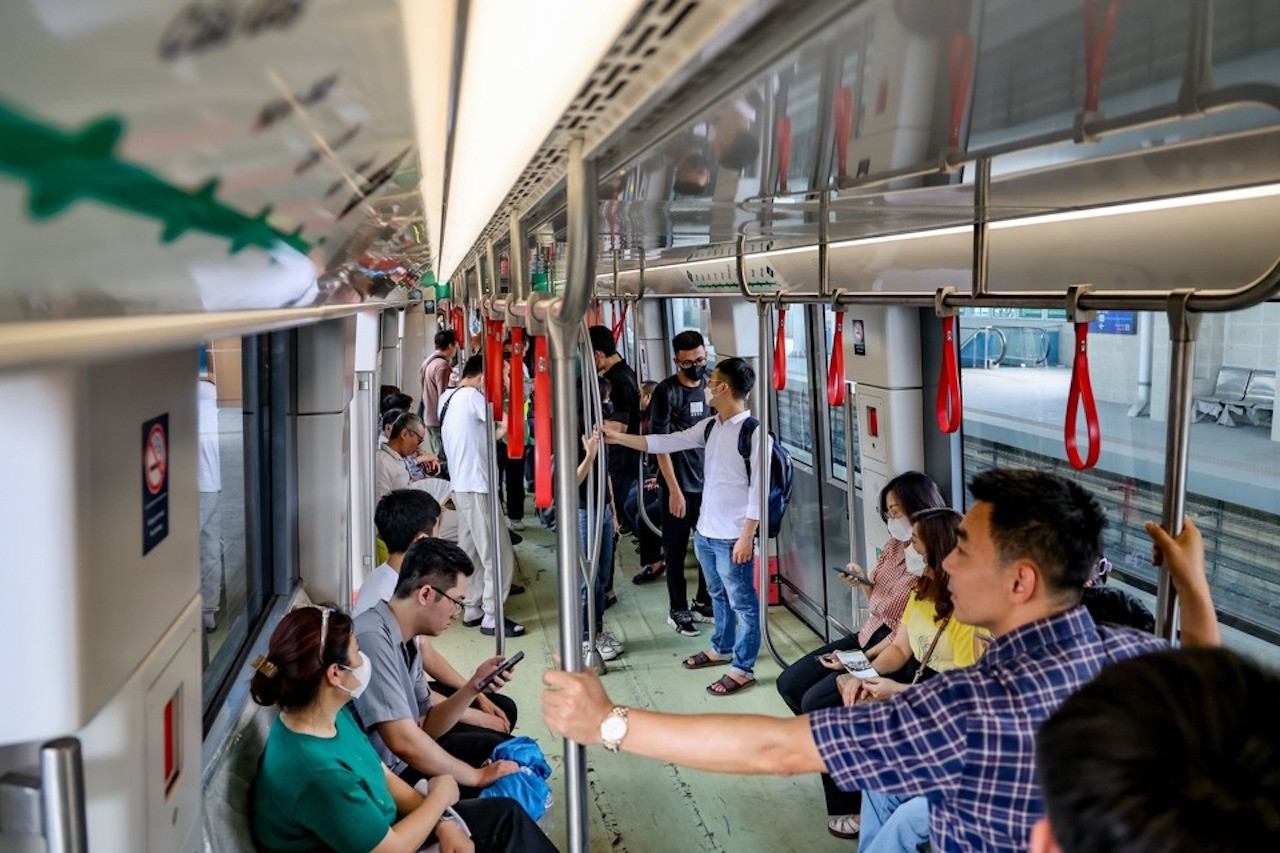
“If we continue to do it this way like we did in the last 20 years, we won’t have urban railways even in hundreds of years,” said Hoang Ngoc Tuan from the HCM City Urban Railway Management Board at a workshop on urban transport development on May 22.
Tuan said the HCM City urban railway is designed to have a length of 220 kilometers with eight routes and total investment capital of $25 billion.
To date, only two routes have been implemented, including Urban Railway No1, 19.7 kilometers long, expected to be put into commercial operation in 2024, and Subway Route No2, 11.3 kilometers, to become operational by 2032.
“The execution of the two routes has been going too slowly,” he said, adding that after 20 years, HCM City still doesn’t have an urban railway put into commercial operation.
The Politburo’s Decision No49 stipulates that the HCM City urban railway network must be completed by 2035. This means that the city has to build the remaining urban railway network with the length of 200 kilometers within 12 years.
Also under the decision, in the next 12 years, Hanoi will have to complete the construction of 300 kilometers of urban railways, with investment capital of $37 billion.
These goals have proven to be a great challenge for the two cities.
Dang Huy Dong, head of the Planning and Investment Research Institute, said that completing the railway networks in HCM City and Hanoi as stipulated in Decision 49 will be an impossible mission if the local authorities don’t develop TOD (transit oriented development) urban areas alongside the stations of the metro at the same time, and apply a specific management policy.
Dong said that there many forms of public transport, but only urban railways can solve transport problems in cities with 5 million people or more.
He said that to reach the goal of completing the urban railway network in 10 years, there must be a legal framework.
“If there is no solution about the management scheme and capital sources, we won’t be able to fulfill the mission of developing 200 kilometers of urban railways,” he said.
It is necessary to follow the TOD model and carry out TOD planning to auction the right to invest in local real estate. “If the state organizes auctions for the right to develop TOD projects, it will have a budget big enough to build a metro network, and there will be no need to borrow foreign capital,” Dong explained.
N. Huyen